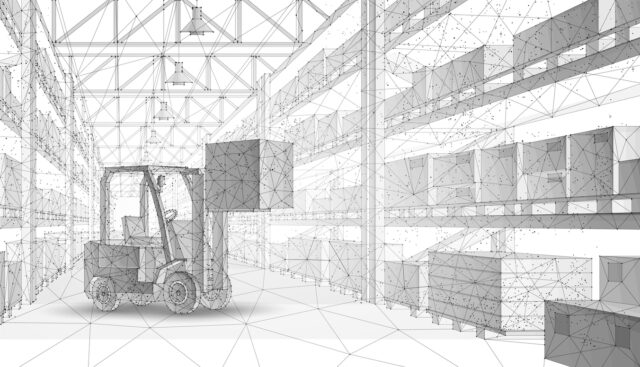It’s a time of unprecedented disruption and uncertainty for supply chains. Throughout the sector, supply chain managers are searching for ways to reduce costs, increase visibility, and improve resilience. Centres of Gravity is a new supply chain management model that promises to deliver on these needs. Deployed correctly, it will supposedly future proof CSCOs’ operations, even in uncertain times.
A treacherous supply chain landscape
The supply chain sector is having a difficult year already. The sector is facing shockwaves from geopolitical conflict, a worldwide economic slowdown, and the increasingly disruptive impact of the climate crisis. Together, these factors are conspiring to make the current supply chain landscape especially treacherous. Recently, 38% of small business owners said they believe the global supply chain outlook will negatively impact their business.
Interlinked with these trends, consumer demand is shifting in new and unpredictable ways. A combination of rising inflation and backlogged inventory has caused demand to wither. Simultaneously, the waning influence of the pandemic has led to a profitable period for retail in the US and Europe.
The US market also “saw a return to pre-pandemic consumer holiday season spending,” last year. However, Yikun Shao, Alibaba’s North American supply chain lead, warns that “businesses may still want a more conservative approach and order products in smaller quantities, meaning that meeting shipping requirements may become more difficult. Demand is not able to meet the products that the supply side is able to provide.”
Increasingly, supply chain leaders are prioritising resilience and the ability to scale supply up or, (more often) down at a moment’s notice.
What is a centre of gravity in a supply chain?
The centre of gravity in a supply chain and logistics is the single point where it is most advantageous to locate a distribution hub. Therefore, calculating a supply chain’s centre of gravity takes into account markets, volume of goods, shipping, transport costs, just in time availability, local labour market situation, and cost. Using these factors, supply chain leaders can determine their value chain’s centre of gravity based on demand, supply, or the lowest distribution costs. Importantly, it’s a flexible process, and a supply chain’s centre of gravity can move around depending on the metrics used to calculate it.
However, current supply chain pressures are too much for the traditional single-centre-of-gravity model to sustain. As noted by Raf Dillman and Kay Manke of BearingPoint, “Today’s supply chains are on the brink of a fundamental transformation due to the challenges of geopolitical conditions, customer demand and regulation. The pressure is on supply chains to deliver value in a complex, fast-moving, fragmented, sustainable, consumer-centric environment.”
Centres of Gravity could give supply chains the resilience they desperately need
In response, a new model is emerging. Consisting of multiple micro-chains that integrate production, processing, and distribution of products, this model acknowledges that supply chains can have multiple centres of gravity.
Notably, these centres of gravity are located closer to market demand. This helps improve energy and materials efficiency within the sourcing and logistics process. Most importantly, they are also collaborative, capable of leveraging local and regional partnerships, and co-manufacturing models.
Distributed centres of gravity are also more sustainable. Dillman explains that multiple centres of gravity drive an increase in the reuse and repurposing of materials. They also ensure goods and materials travel shorter distances. Overall, this model makes supply chain operations more resilient and transparent, as well as driving traceability.
“We believe that individual supply chain components will be propelled into multiple Centres of Gravity,” says Dillman. “This will be driven by the convergence of resilient supply chain strategies, the circular economy, reduced energy costs driven by sustainability, and lowered entry barriers for local and virtual production, thanks to digital technologies.”
Centres of gravity will allegedly drive an industry-wide transformation. We are, they say, moving from “one global and rigid system” to something more “flexible and regional.”
- Collaboration & Optimization
- Digital Supply Chain










